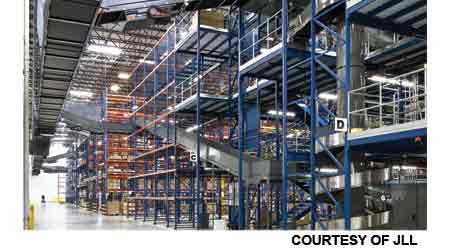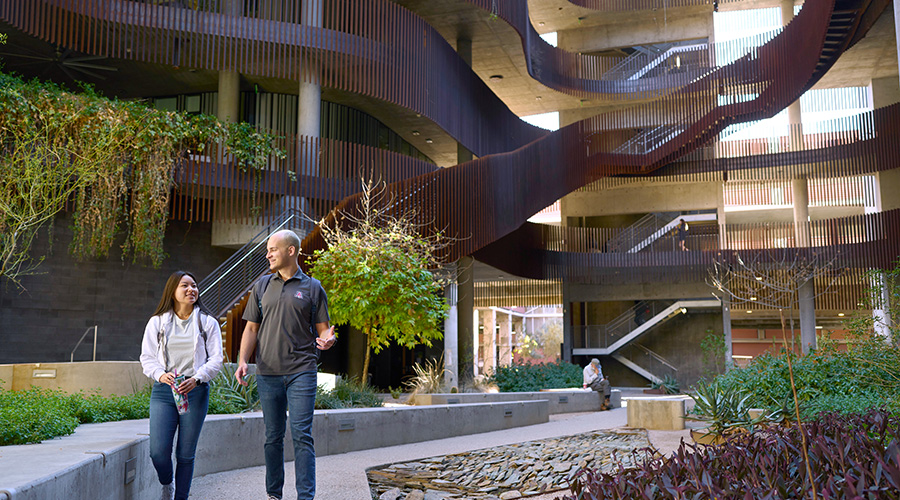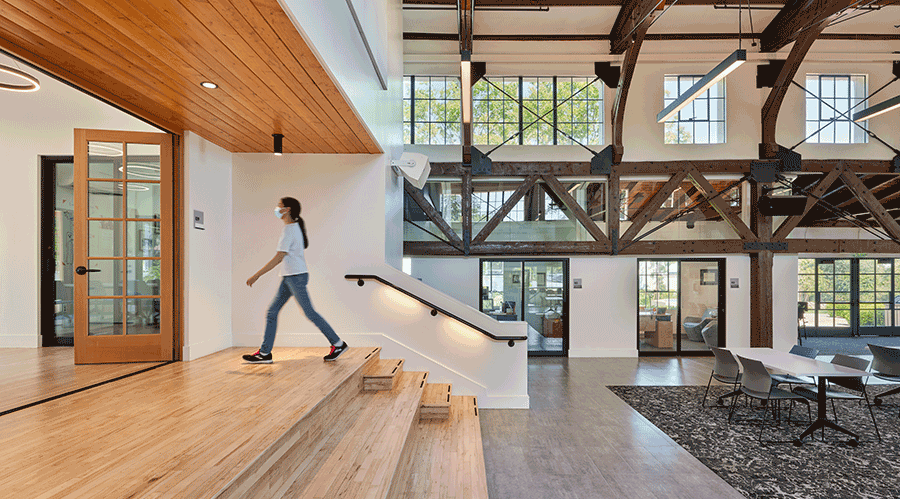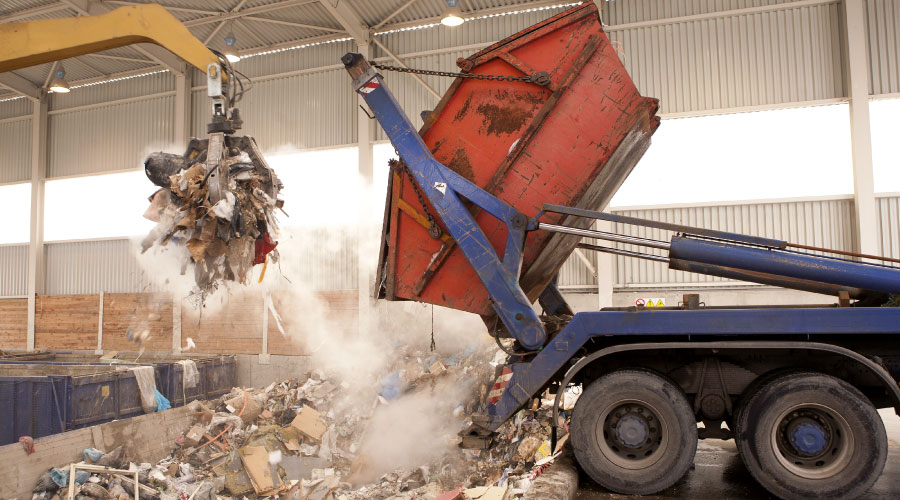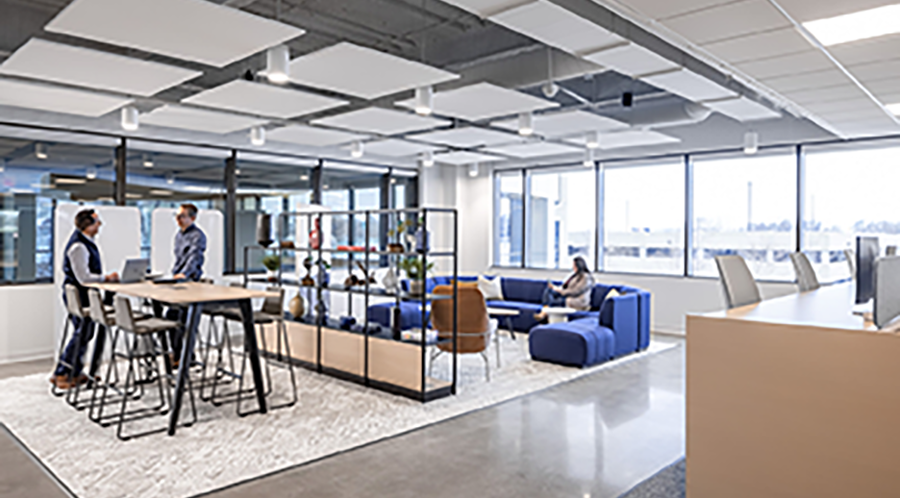A New Mission and Agility for Retail Warehouses
Part 2 of a 5-part article exploring big changes in warehouse design, technology, and market
Fast-forward from the old-model facility to the new retail model and the lowly warehouse starts to acquire a new mission and agility. Now it has to handle thousands of much smaller, much more frequent individual shipments. It’s a big management challenge.
“The building may need to be able to ship direct-to-consumer, and if so, the goods leave the building in a different box,” explains CBRE’s Scott Marshall, executive managing director, industrial services for the Americas. “They leave via UPS or FedEx or one of the over-the-road logistics providers, versus leaving the building in a crate that goes into the back of a trailer that goes over the road.”
The e-commerce warehouse looks and behaves differently. It’s often enormous, for one thing, with ceiling heights typically reaching at least 40 feet and sometimes up to 60 to 70 feet or more. The higher ceilings allow retailers to cram in as much as three levels and one or two mezzanine decks, thus maximizing floor space. Chances are the e-commerce warehouse needs a lot of people working inside it, and that means a big HVAC system as well as more amenities like restrooms, locker rooms, lunchrooms, and much bigger parking lots. It no longer has a few workers driving a forklift around; instead, hundreds of employees might be working to pick, package, and handle returns, says Casey Trees, vice president, supply chain and logistics, JLL. Security and lighting requirements might be different. There’s a great deal more traffic flow, and a lot of land is often set aside for truck-queuing lanes, segregated truck entrances, and container staging areas.
There’s automation everywhere too, ranging from huge advanced conveyor systems that know where every SKU sits at every point in time, to mechanized, multi-level picking systems and Amazon’s famous robots, which drive around and pick products from throughout a warehouse. Describing the inside of a typical big e-commerce warehouse, Brown sketches a scene filled with multiple levels of shelving and goods going on (literally) for acres and acres. Robots may be busy pulling the selected goods and dropping them onto conveyors. The goods are then traveling to various loading stations that are based on zip code or area, and a fleet of UPS trucks is hauling the stuff away.
It is the greater automation that has given retailers the ability to ramp up to the 1 million-square-foot warehouses, Trees says. “Traditionally, you couldn’t get to that scale and fully service a warehouse with forklifts running back and forth and employees running around to do pick and pack,” he says. “But now that there are automated systems to do the pick and pack and source product from throughout the warehouses, it’s given the retailers the ability to go to that sort of scale.”
All of the automation and building size means a much heavier power load — two or three times the amounts used in 1990s warehouses, according to Marshall, as well as redundant power systems to protect an investment that typically is up and running every hour of the year.
Related Topics:








